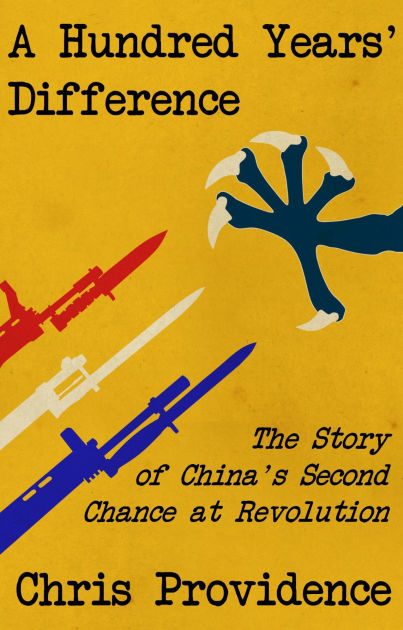"The Fall and Rise and Further Falls of Cryptocurrency," by Dr. Martin Li, Popular Science, December 1943
It was the "new thing" on the rise when Taiwan was sent back during the Great Journey. But the Second Sunrise that would led to China's rise would also lead to crypto's fall.
The main reason was just how power-intensive it was. Taiwan can produce a lot of things, but we've always imported energy. When we got sent back in time, we had to ration what we had until supply chains were set up.
Crypto was one of the first on the chopping block. It was pretty energy-intensive, and crypto is pretty much useless when the rest of the world doesn't even have computers. Fortunes were wiped out overnight, but the miners made some good money selling off their now-finite GPUs once the government started buying them up for recycling.
Some proponents tried to bring it back after the Revolution as a "stablecoin," a cryptocurrency that was pegged to the Chinese Yuan. It was called "Sanmin," and many of its backers were members of the pre-revolutionary crypto community.
Nanjing shut that down within a month. Like Taiwan, the mainland was being electrified, and the government wasn't willing to "waste what little power we have on an experimental money printer," as Wang Jingwei called it.
The decision to tie Sanmin to the Yuan was a direct response to the old cryptocurrencies like Bitcoin and Ethereum becoming next to worthless once we got sent back in time. But the fact that it was tied to the Yuan meant that new coins could be "minted" by somebody who was neither the government nor accountable to it.
And while it wasn't exactly counterfeiting, Nanjing sure thought it was. Cease and Desist orders were issued by the end of 1912, and the Ministry of Finance ordered raids against those who didn't comply.
That would be the end of Revolution and, by extension, the beginning of the end of cryptocurrency in China. There have been other attempts to create new cryptocurrencies as energy became less scarce and computer use spread to the mainland. However, most would tend to be niche outside of the subculture and dark web transactions. The latter would eventually lead to Nanjing banning it in 1916.
Similar attempts around the world met similar success, despite the global adoption of computers. France and Russia's leftward shifts in the early 1910s would lead to it banning cryptocurrency in early 1917, and this would be followed by much of Europe after it was occupied by France the two nations after the Great War.
The two nations where cryptocurrency had any success were the United States and Russia. This could be attributed to the rapid adoption of computers, a more/individualistic culture, and a guaranteed energy security once miniature nuclear reactors were deployed in both nations.
There, cryptocurrency reached a wider, more-receptive audience that was willing to invest in the futuristic currency. While it had its critics, cryptocurrencies like Atlas would be bought and sold for over a decade by more than just enthusiasts and the dark web.
That would change with the Russian Civil War and the Second American Civil War. According to forensic accountants, Atlas was used to covertly fund the buildup of far-right terrorist groups in the previous decade. In response, both nations' provisional governments have drafted legislation for full band on cryptocurrencies.
What had once been held up as the currency of the future died after a life of lost fortunes, accusations of counterfeiting, bans, second chances, and funding extremists. It is a niche subculture in the few countries it isn't banned for counterfeiting, wasting energy, or funding extremists.
That is what happened to cryptocurrency.
